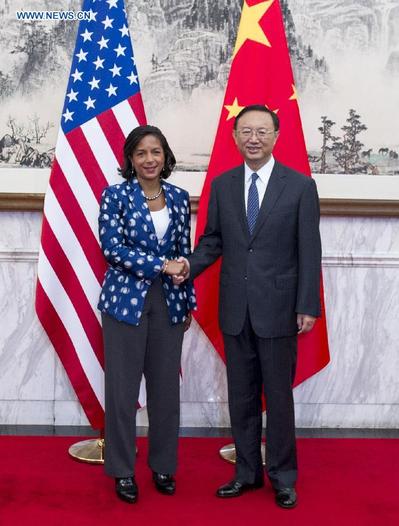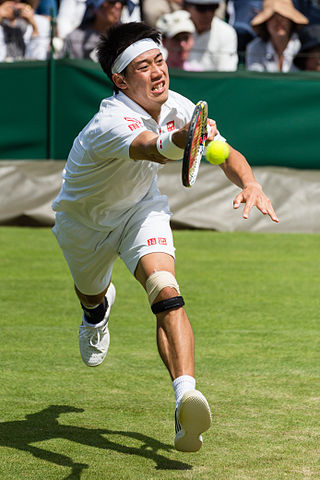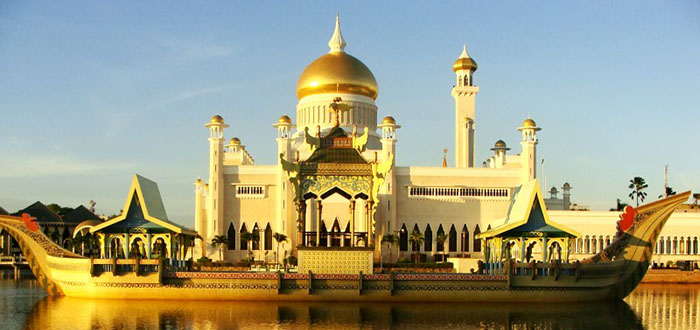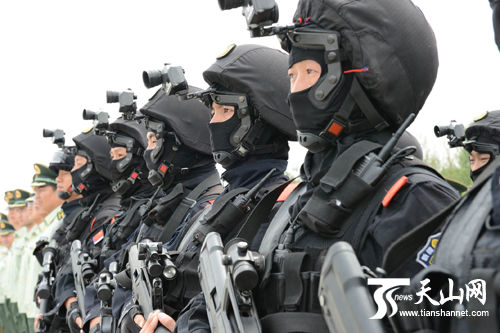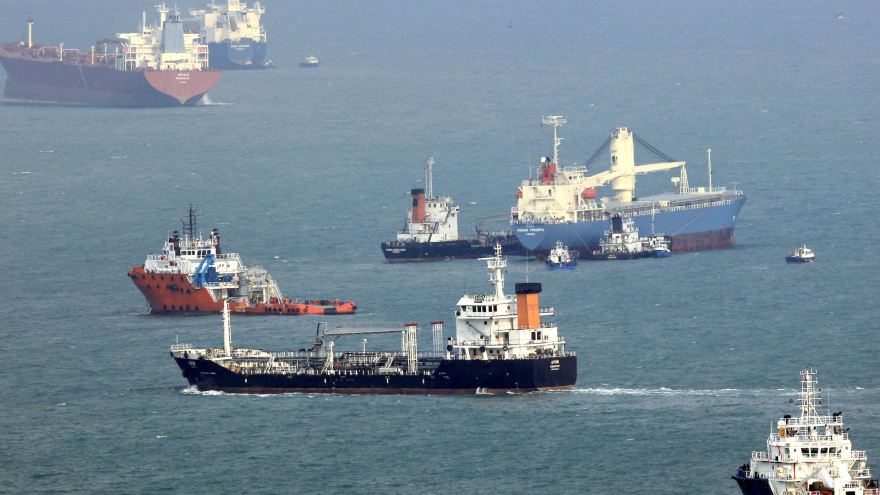 Strait of Mallaca (Photo: Maritime Trade Intelligence)
Strait of Mallaca (Photo: Maritime Trade Intelligence)
by David Parmer
You could argue that the Malacca strait is not just the most important waterway in Asia, but is also the most important waterway in the world. And you would be on strong ground in doing so. Just look at the facts. Every year 50-60,000 ships pass through the strait of Malacca. One-third of the world’s shipping trade and an enormous amount of crude oil (15.2m barrels a day in 2011) and petroleum products make the trip from the Andaman Sea to the South China Sea. It is the shortest sea route between the Persian Gulf and Asia, specifically resource-hungry countries like China, Japan and Korea.
The Malacca Strait is a 550-mile-long sea route, ranging in width from a wide 155miles, to 40 miles to a very harrowing 1.7 miles wide (in the Phillips Channel of the Singapore Strait). The Malacca Strait flows between Indonesia and Malaysia and Singapore. The maritime standard for the area is Malaccamax, i.e. that it can handle vessels with a maximum draught of 82 feet. But for vessels of any size, the busy Malacca Strait is not without its dangers.
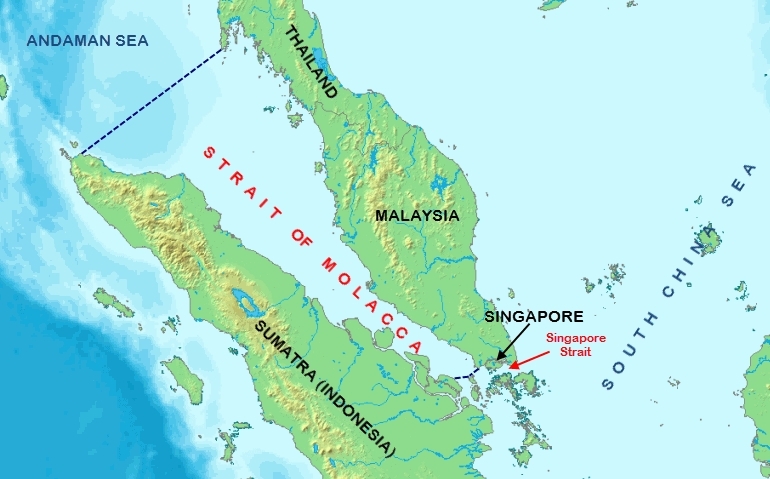
Map:Strait of Malacca (Encyclopedia of Earth)
In such a heavily trafficked area there is always danger of grounding, collision and oil spills. Sea-Seek Sailing Guide reports that there are 34 shipwrecks in the traffic separation channel. Add to this the annual appearance of serious haze from slash-and-burn agriculture on Sumatra that cuts visibility down to 200 meters. And finally, there is the scourge of mariners worldwide throughout history: piracy.
Reports of the extent of Malacca piracy vary, some say it has decreased to almost nothing, and others say there is a sharp rise in attacks on merchant shipping. Reports from 2013 show a steady decline in attacks, while others pinpoint Malacca as a piracy hot spot comparable to the Somali coast. Increase or decrease notwithstanding, the Malacca Strait is an area where pirates abound. Malacca pirates mostly target valuables on the ships and crews’ possessions, although some more sophisticated gangs steal oil products. In 2006, due to a decreased risk, the global insurer Lloyds dropped its “war risk classification” for ships sailing the strait.
Decreased piracy activity is due in part thanks to the Malacca Straits Sea Patrol, operated by Indonesia, Malaysian, Singapore and Thailand. These countries also share information and intelligence on piracy. Countries in the region also cooperate through membership in the Regional Cooperation Agreement on Combating Piracy and Armed Robbery against Ships in Asia (ReCAAP). In September 2014, the United States became the 20th member of ReCAAP, and sent a US Coast Guard admiral to sit on its board.
Since 2007, there has also been three-nation cooperation through the Cooperative Mechanism on Safety of Navigation and Environmental Protection in the Straits of Malacca and Singapore.
So, is the Strait of Malacca the most important waterway in Asia and in the world? If you say “yes” you will probably be right.
Piracy Decrease:
http://www.todayonline.com/sites/default/files/manualassets/pirates_2014/index.html
Piracy Increase:
http://www.globalpost.com/dispatch/news/regions/asia-pacific/indonesia/140326/malacca-strait-piracy-hotspot
Regional, 20-Country Anti-Piracy Organization:
http://www.recaap.org
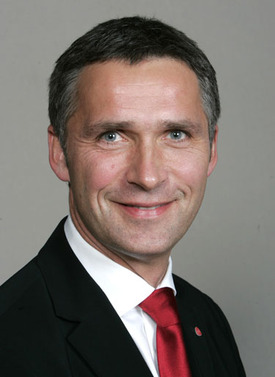
 日本語
日本語 English
English 中国語
中国語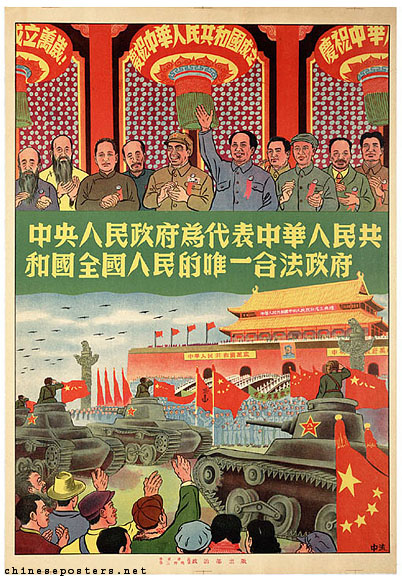
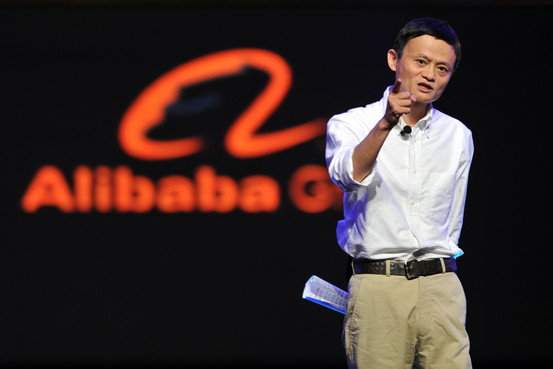
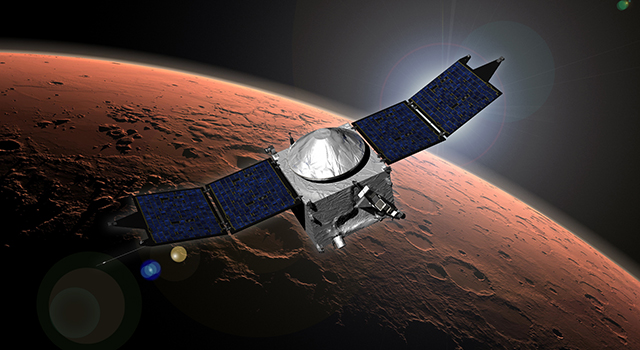
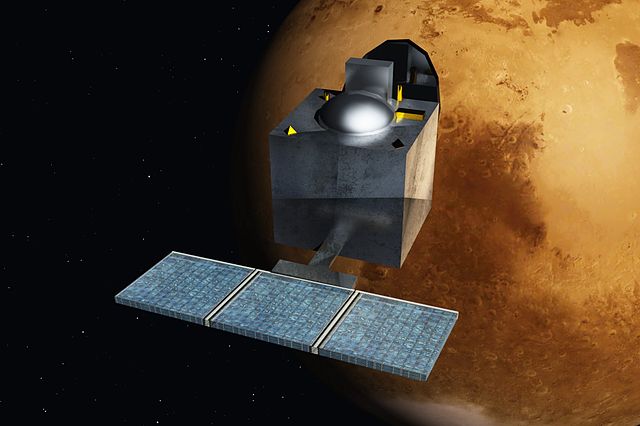 India Magalyaan Orbiter ( ISRO)
India Magalyaan Orbiter ( ISRO)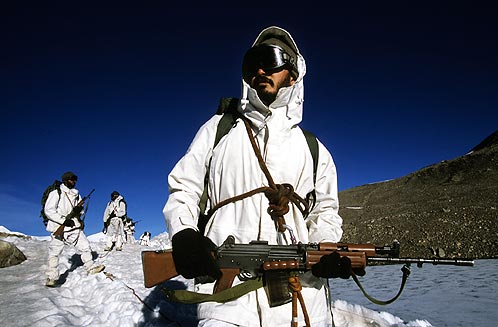 Indian Mountain Troops (Defense Radar.com)
Indian Mountain Troops (Defense Radar.com)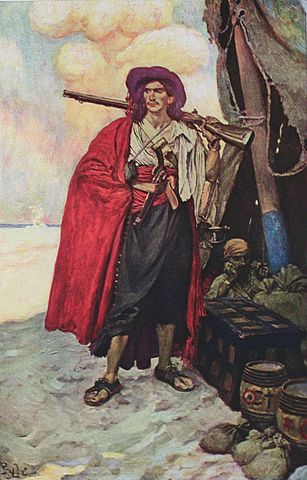 Captain Scarfield (Howard Pyle’s Book of Pirates 1921)
Captain Scarfield (Howard Pyle’s Book of Pirates 1921) Strait of Mallaca (Photo: Maritime Trade Intelligence)
Strait of Mallaca (Photo: Maritime Trade Intelligence)
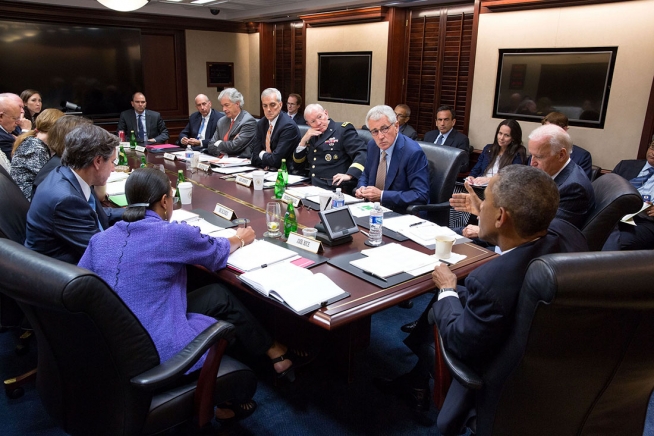 National Security Council (Photo: White House Gov.)
National Security Council (Photo: White House Gov.)